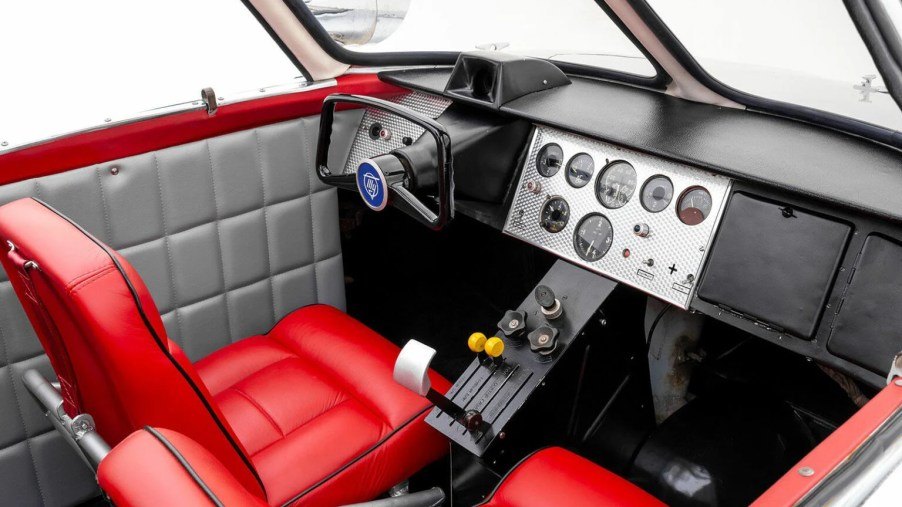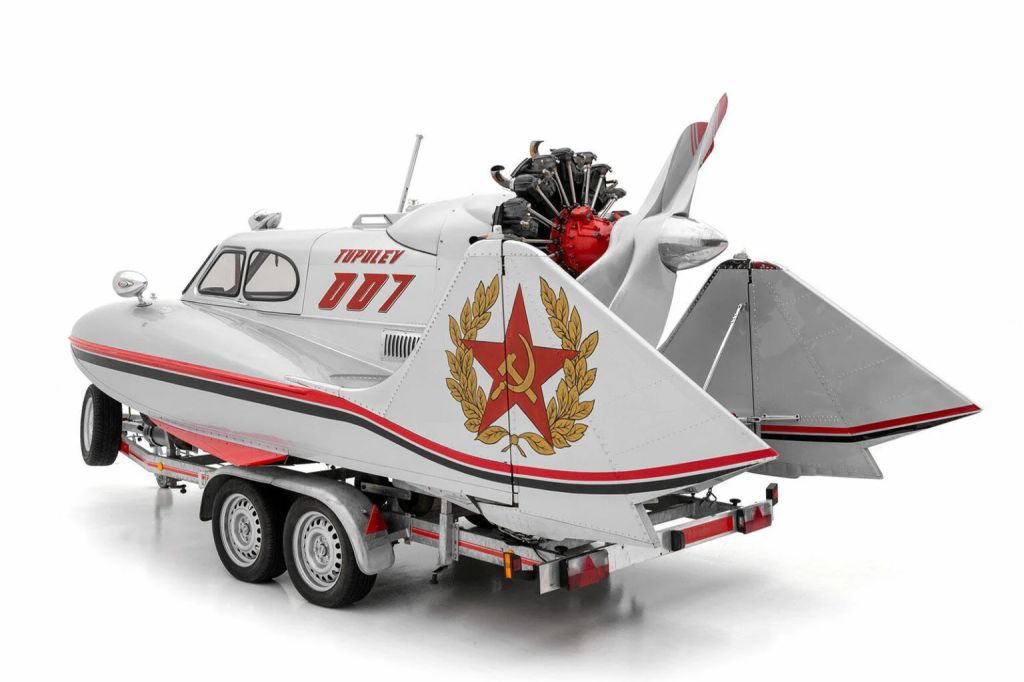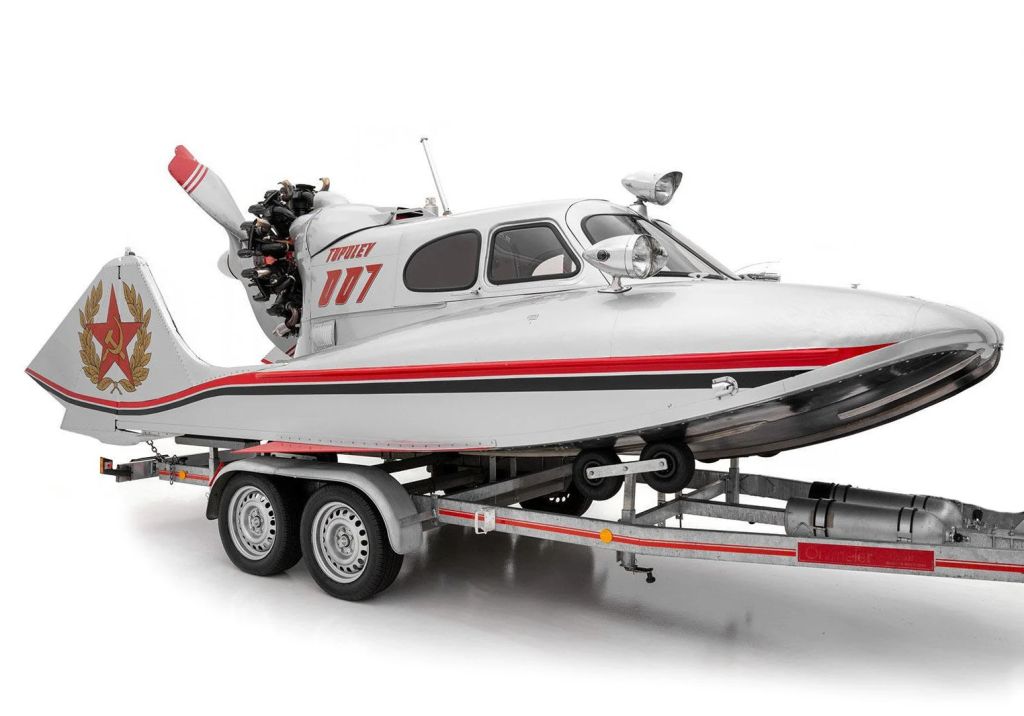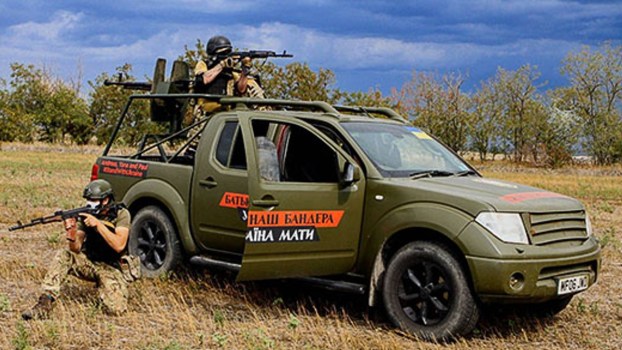
This Cold War Cosmonaut Rescue Ship Is the Craziest Craft We’ve Ever Seen
Strap in, Comrades. This one is a doozy. Have you ever heard of a Tupolev A-3 Aerosledge? Me neither until very recently. This bizarre amphibious craft was used by the Soviet Union to retrieve cosmonauts and crashed pilots from the most remote corners of Siberia. Aside from being one of the coolest-looking crafts we’ve ever seen, the sled was also pretty unstoppable. Let’s take a closer look.
What is the craziest Soviet vehicle?

The craziest Soviet vehicle would have to be the hot amphibious sled known as the Tupolev A-3 Aerosledge. The aluminum craft used a single roof-mounted engine and a propellor facing backward to push the funky little ship across land, ice, snow, and sea.
The 1960s were a busy time for the Soviets. They had a major boom in infrastructure and, as a result, technology and innovation – well, sort of. Not many of the Soviet’s mechanical inventions carried past the fall of the USSR. It was during this time that the USSR decided it needed a better way to cover the limitless expanse of Siberia. Tupolev Design Bureau was tasked with creating the vehicle the USSR needed to cover this snowy landscape. With Andrey Nikolayevich Tupolev at the helm, the bureau began a project to create a machine that combined the principles of both ground and air transportation.
According to Silodrome, the Tupolev A-3 was a mix between a snowmobile and an aircraft, kind of like a hovercraft. The official name for this type of wacky vehicle is a Ground Effect Vehicle (GEV). Ground Effect Vehicles operate by using the cushioning effect between an aircraft and the ground when it’s at a very low altitude. This allows the vehicle to hover slightly above the surface, reducing drag and making it ideal for traversing snow, ice, and bodies of water.
How did the Tupolev A-3 work?
Like a fan boat, this insane jet-age-looking craft used an aircraft-style engine and low-friction plate on the bottom with rutters for steering in the back to lightly skim over a variety of terrain.
It was tested, and its practicality was proven in numerous field tests. The Aerosledge showed promise in various tasks, from ferrying supplies to remote outposts to performing rescue operations in snow-bound regions. Its ability to travel at speeds of up to 120 km/h made it considerably faster than most other ground-based winter transport options of its time.
However, despite its potential, the A-3 did not witness widespread adoption. The unique challenges of maintaining and operating such a specialized vehicle, combined with the rapid advancements in other transportation methods, meant that the Aerosledge remained a niche solution. The fact is, by the 1960s, everything about this craft, while practical, was outdated. This is one of many examples of the USSR building cool yet clearly impractical or down-right silly machines.
The A-3 is a rare bird

The A-3 you see here is one of very few surviving examples. You can imagine a vehicle this obscure and niche would not only be one of a small batch that got made, but then those had to survive the Soviet Union and its collapse.
The one we see here for sale has a major upgrade, according to Silodrome. This A-3 has a Vedeneyev M14P air-cooled, supercharged 9-cylinder radial aircraft engine with a displacement of 10.16 liters, twin counter-rotating propellers, and 360 bhp. This was far more powerful than the original radial engine that would have come in the a-3 from the factory.
This A-3 made its way to America after its painstaking restoration done in Germany and Romania. It won the Corinthian Award, given at the Keels and Wheels Concours d’Elegance in Houston in 2006. Now, the rare and beautifully strange thing is being sold through Hyman Ltd. with an asking price of $209,500. You can read more about the A-3 Aerosledge in the listing here.





